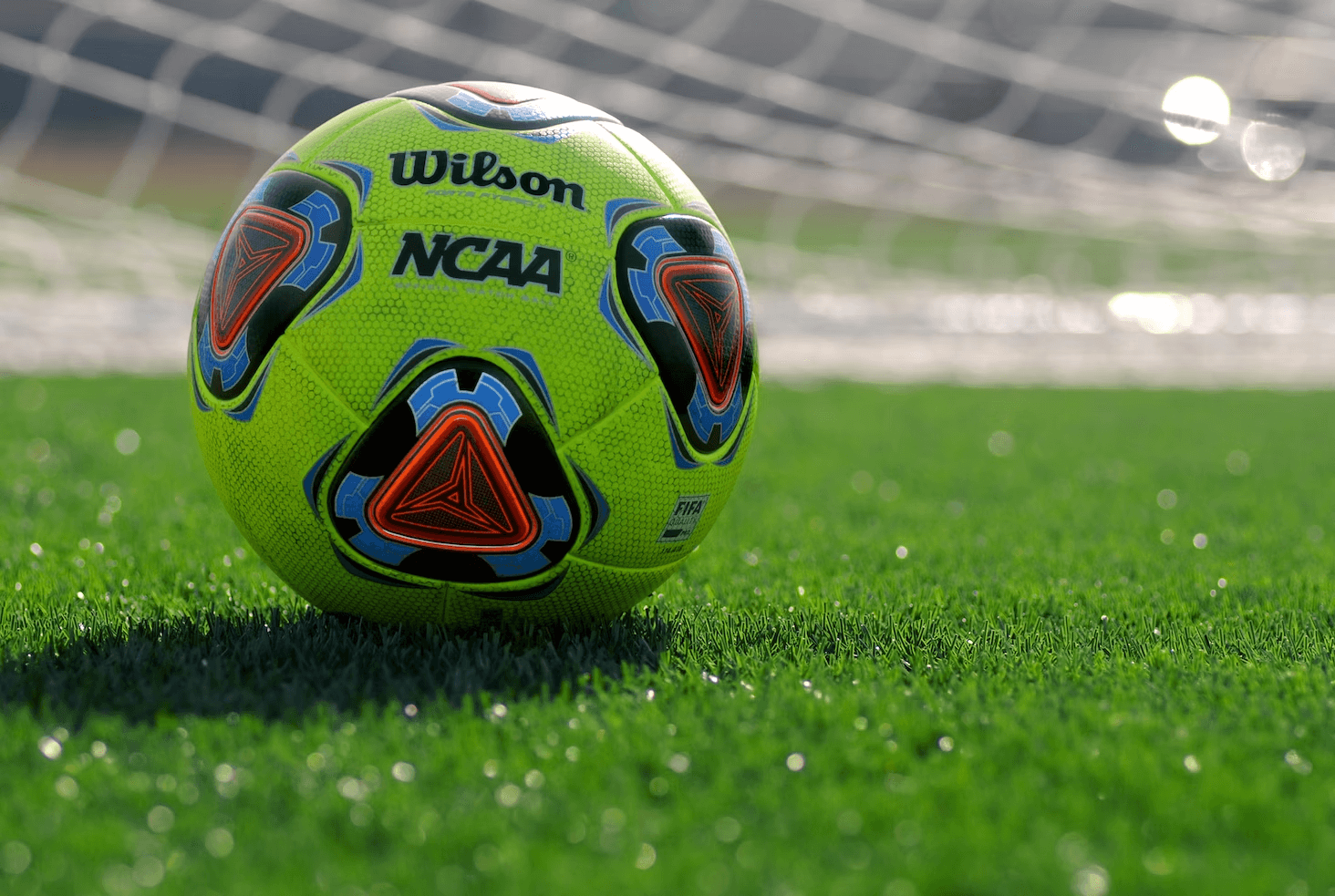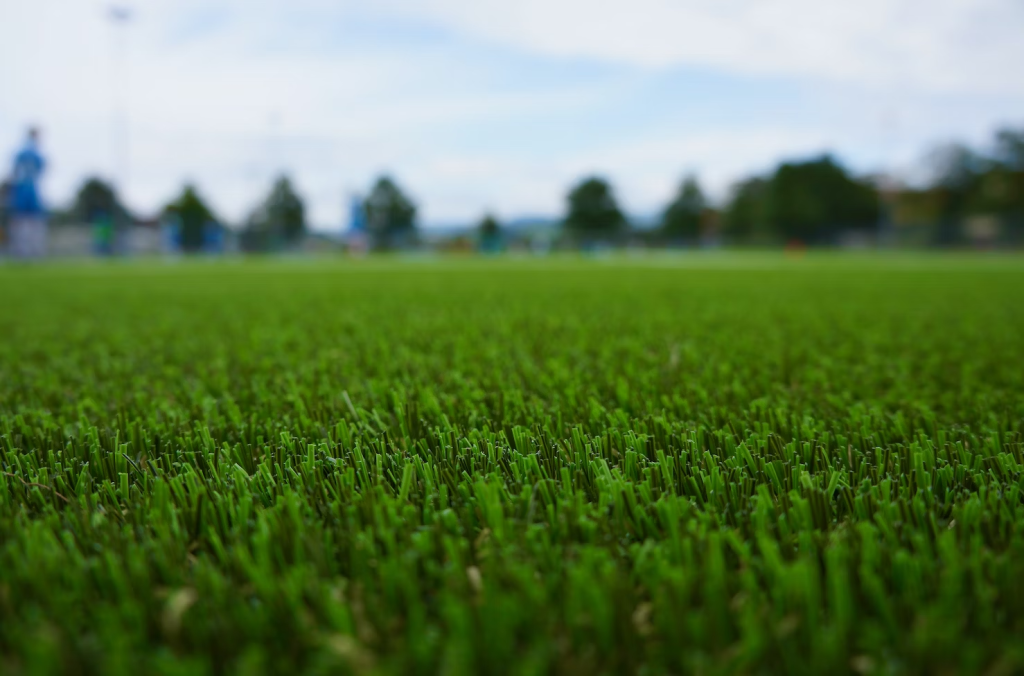Fake grass can help homeowners save money on lawn care while eliminating pest problems, while providing an attractive outdoor living space that doesn’t require constant mowing or watering. Understanding key terms, types, shapes, infills and installation steps will assist you in selecting the ideal synthetic turf product for your yard.
Durability
Durability of artificial turf depends on a number of factors. These include its type and usage patterns, climate fluctuations and quality of turf product used. Higher quality lawns usually last longer.
Synthetic turf consists primarily of yarns made of polypropylene or other polyethylene plastic that form blades. These yarns are attached to a durable latex or rubber layer known as its primary backing for added protection from fading and stability (https://www.theguardian.com/cities/2019/aug/02/turf-it-out-is-it-time-to-say-goodbye-to-artificial-grass) while an additional secondary layer called infill adds support and cushioning for those walking on it as well as drainage improvement, fire resistance and drainage improvement – some brands even feature antimicrobial or odor-reducing properties!
Another key element in the longevity of artificial turf is how much wear and tear it endures, particularly through vigorous activities like sports or other vigorous pursuits. A more heavily used yard will wear down faster due to wear-and-tear, while certain products may last longer due to heavy usage than others.
If you are considering synthetic turf for your yard, it is advisable to select a high-quality product which has been tested and proven as heat resistant. Furthermore, regularly cleaning off animal waste, harsh chemicals or other substances which could harm it can extend its durability.
Cleanliness
An immaculate green lawn is one of the hallmarks of homeownership, yet its maintenance can be both time consuming and expensive. Artificial turf provides an easier alternative that doesn’t require fertilization, mowing, or using vast amounts of water; yet this doesn’t make upkeep any less necessary – although cleaning synthetic turf regularly will still need doing (this process typically entails simply rinsing away any debris accumulated), cleaning your artificial turf is relatively effortless!
Most cleaning tasks can be accomplished using a standard garden hose and brush, or using a leaf blower to clear away larger debris from your turf area prior to beginning. For an in-depth cleaning session like this one, it is best to use a detergent solution mixed with warm water; mixing detergent helps dissolve any dirt accumulation on artificial grass that has collected over time – this solution may be used all-over or specifically at areas that need attention such as stained spots.
As part of life, spills and stains are inevitable; to avoid permanent stains it’s essential that they be addressed as quickly as possible. Urine can easily be washed away by simply hosing down the area affected. Cigarettes, charcoal spills from grilling or fireworks can all discolor artificial turf while leaving unpleasant odors behind – to reduce potential issues it is recommended that smoking be conducted only in areas away from any artificial turf surface in your yard.
Aesthetics
Synthetic grass can make a wonderful addition to roof terraces and balconies, helping to energize them with its lively green atmosphere. Furthermore, urban environments with limited space for gardens and yards may benefit from using synthetic grass as it creates green areas within them – something apartment owners will particularly appreciate as an effective way to add appeal and an attractive environment to their apartments and condos.
Before installing artificial grass, the initial step should be conducting extensive research on all available options. Different manufacturers provide different products, so finding one suitable to your project should not be difficult. Furthermore, traffic count may influence which artificial turf product you opt for – something to keep in mind.

Environmentally Friendly
Synthetic grass or turf has become an increasingly popular option for domestic lawns due to its environmental friendliness, eliminating the need for fossil-fueled lawn mowers or using toxic chemical fertilizers, herbicides and pesticides that are harmful to children, pets and run-off water systems.
Artificial grass requires less water for upkeep – saving on utility bills while not necessitating applications of toxic fungicides – plus its reduced environmental footprint compared with traditional grass varieties is also an important consideration given current drought conditions within US or UK households.
Natural grass is extremely vulnerable to its environment and often discolored due to weather conditions that are beyond the homeowner’s control, often leaving patches of discoloration throughout a garden. This may be caused by too much sun drying out the fake grass or too little rain flooding it; either of which makes soil too salty for it to survive and flourish. Eco-friendly synthetic grass, on the other hand, doesn’t suffer these consequences and remains green year round without additional chemicals or care needs.
Artificial turf is perfect for both dogs and cats alike, and will reduce muddy paw prints in your house thanks to the fact that artificial grass does not retain odors or attract pet urine like natural grass does; making cleaning it much simpler. Furthermore, artificial grass does not experience mud patches which mean your children and four legged companions can safely explore your garden in any weather.

